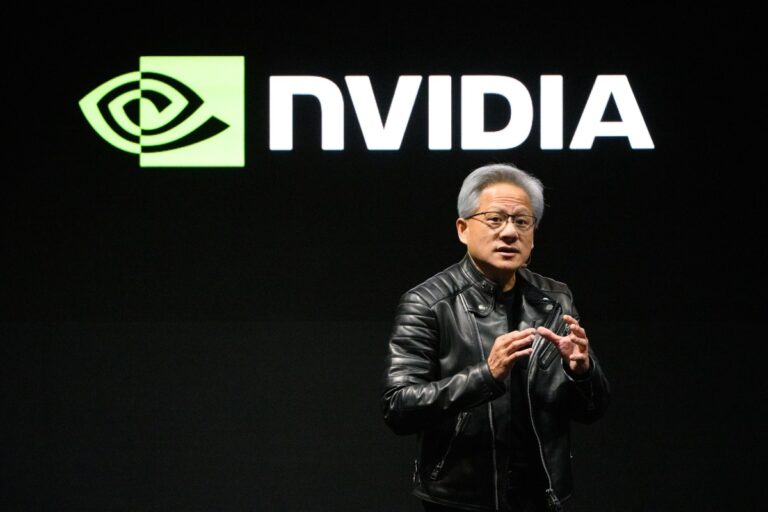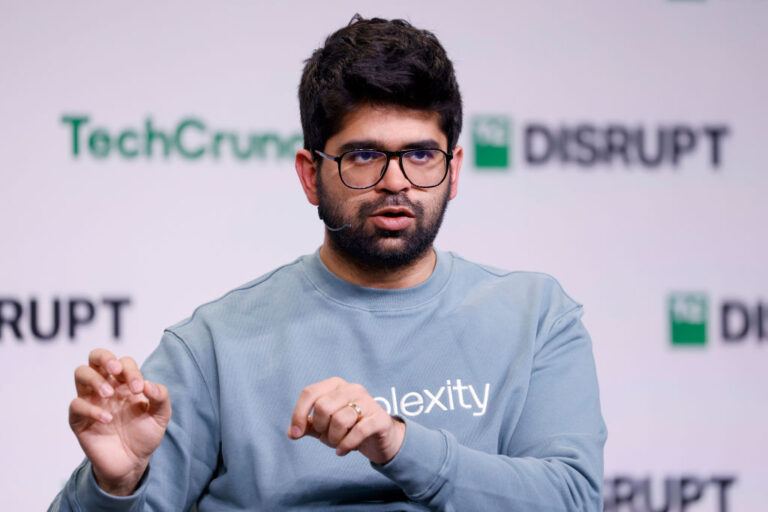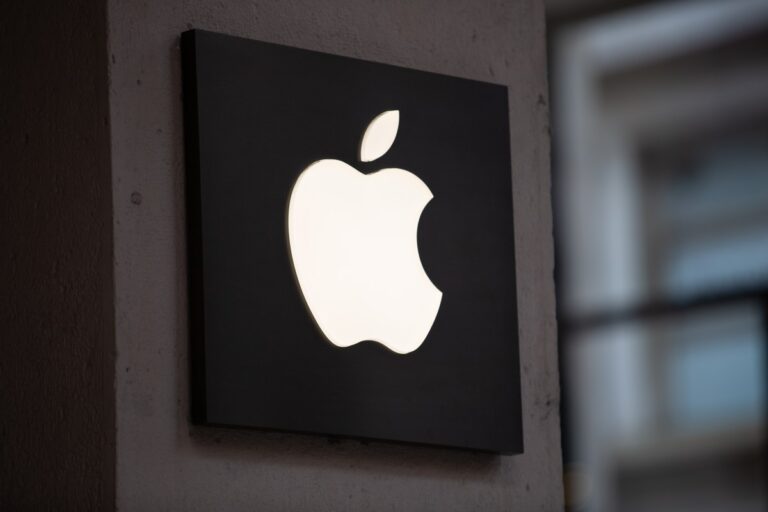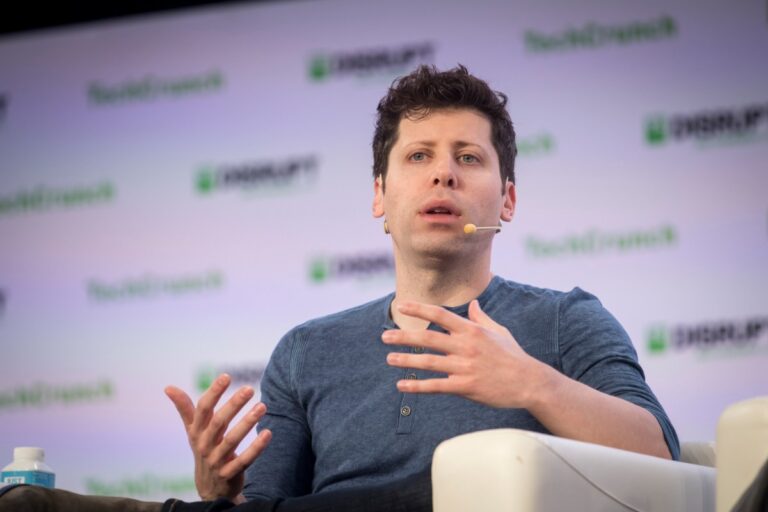ChatGPT: Debunking Myths About Its Power Consumption and Efficiency
ChatGPT, the innovative chatbot platform developed by OpenAI, is increasingly gaining attention for its energy consumption. A recent study from Epoch AI reveals that the power usage of ChatGPT largely depends on how it is utilized and the AI models involved in processing queries. Understanding the energy consumption associated with AI technologies like ChatGPT is crucial for both users and developers, especially amid rising concerns about environmental sustainability.
Energy Consumption of ChatGPT: A Closer Look
According to the widely cited statistic, ChatGPT requires approximately 3 watt-hours of power for each query, which is tenfold the energy consumption of a typical Google search. However, Epoch AI, a nonprofit dedicated to AI research, believes this figure is an overestimate.
Findings from Epoch AI
Using the latest model, GPT-4o, Epoch AI calculated that the average energy consumption per ChatGPT query is closer to 0.3 watt-hours. This amount is significantly less than what many household appliances consume. Joshua You, a data analyst at Epoch, remarked:
“The energy use is really not a big deal compared to using normal appliances or heating or cooling your home, or driving a car.”
Debate on AI Energy Consumption
The energy usage of AI technologies is a contentious topic, especially as companies expand their infrastructure. Recently, over 100 organizations sent an open letter urging the AI industry to ensure sustainable practices in their data centers to prevent resource depletion.
Reevaluating Past Estimates
You’s analysis challenges older studies that estimated higher energy consumption. He pointed out that previous research was based on assumptions about outdated, less-efficient chips used by OpenAI:
- Many reports inaccurately cited the 3 watt-hours figure.
- Newer models have improved efficiency, leading to lower energy consumption.
While Epoch’s figure of 0.3 watt-hours is an approximation, it highlights the need for more accurate data from OpenAI regarding energy consumption, especially for features like image generation or processing lengthy inputs.
Future Projections for ChatGPT Power Consumption
As AI models advance, You anticipates an increase in baseline power consumption:
- Future AI may require significantly more energy for training.
- Increased usage intensity will drive up power demands.
According to a Rand report, AI data centers might need nearly all of California’s 2022 power capacity (68 GW) within two years. By 2030, training frontier models could demand energy equivalent to eight nuclear reactors (8 GW).
Shifting Focus to Reasoning Models
OpenAI and the AI sector are now focusing on reasoning models, which can perform more complex tasks but require significantly more computational power. These models take longer to process queries, resulting in higher energy consumption:
- Reasoning models generate more data, necessitating additional data centers.
- OpenAI has begun releasing more power-efficient models, like o3-mini.
However, efficiency gains from these newer models may not offset the increased power demands from their “thinking” processes.
Tips for Reducing Your AI Energy Footprint
If you’re concerned about the energy consumption associated with using AI technologies like ChatGPT, consider the following tips:
- Limit the frequency of your usage of AI applications.
- Opt for smaller models, such as OpenAI’s GPT-4o-mini, when appropriate.
By being mindful of how and when you use these technologies, you can help mitigate their environmental impact while still benefiting from the advances in AI. For more information on AI and its energy demands, visit our dedicated page.







